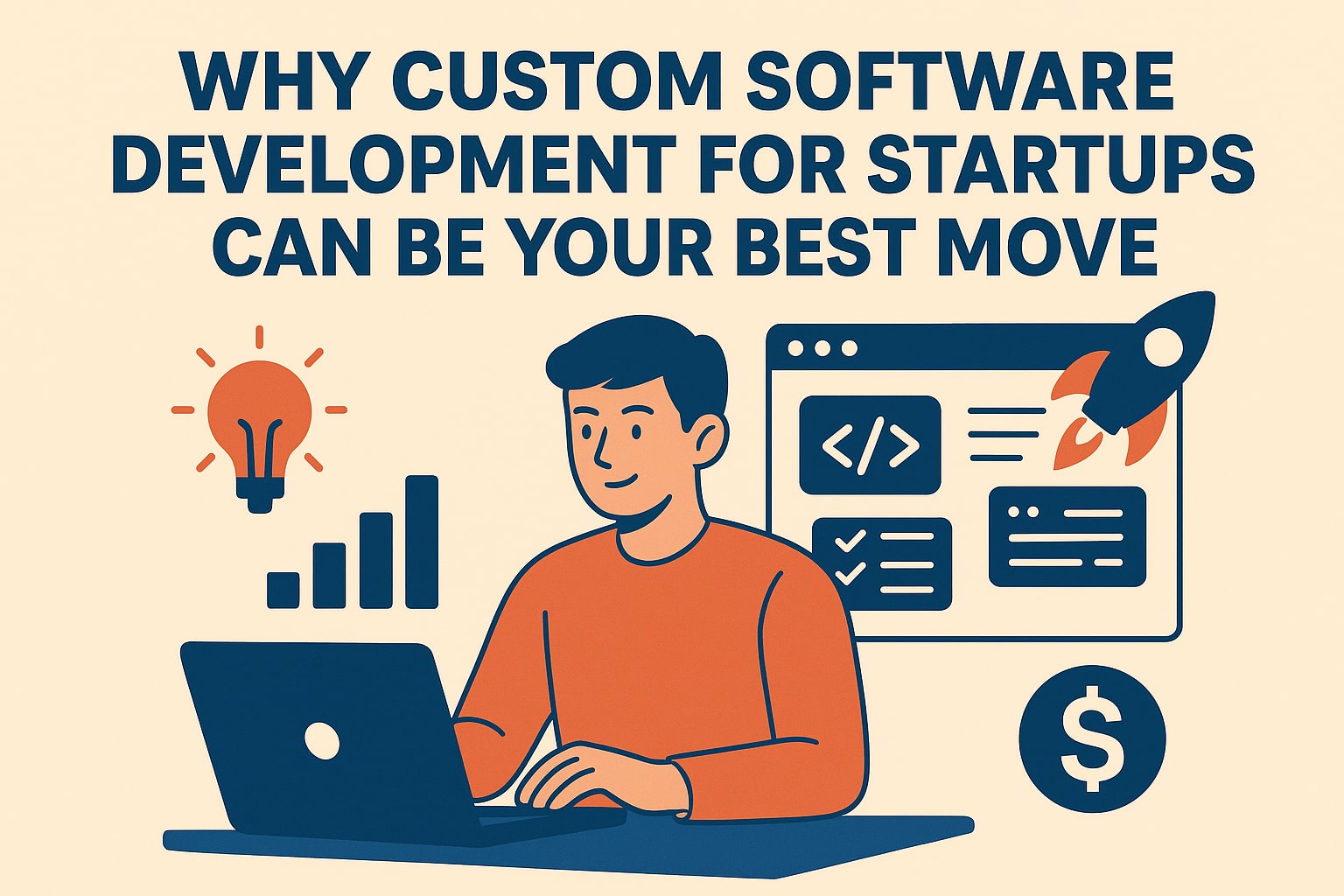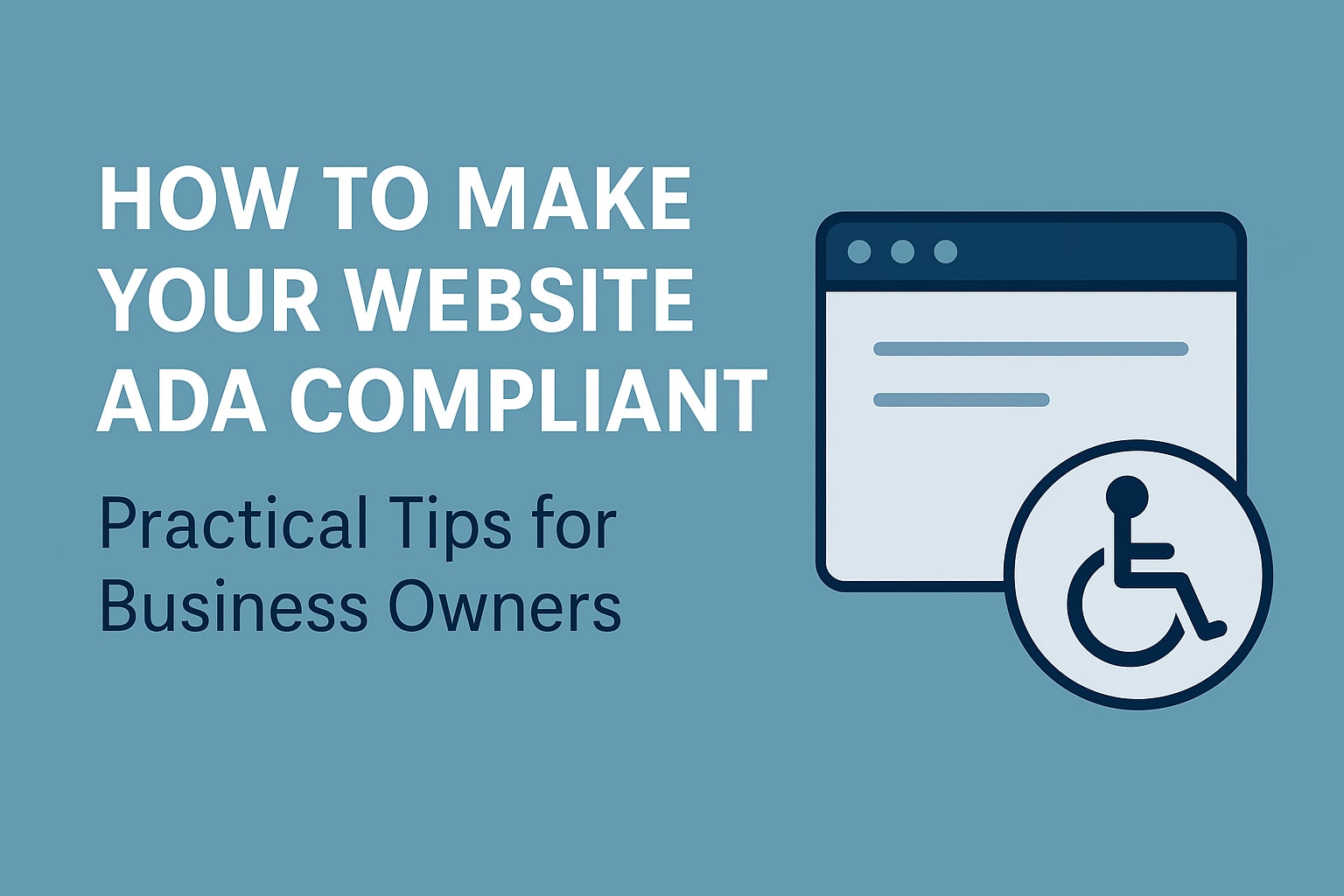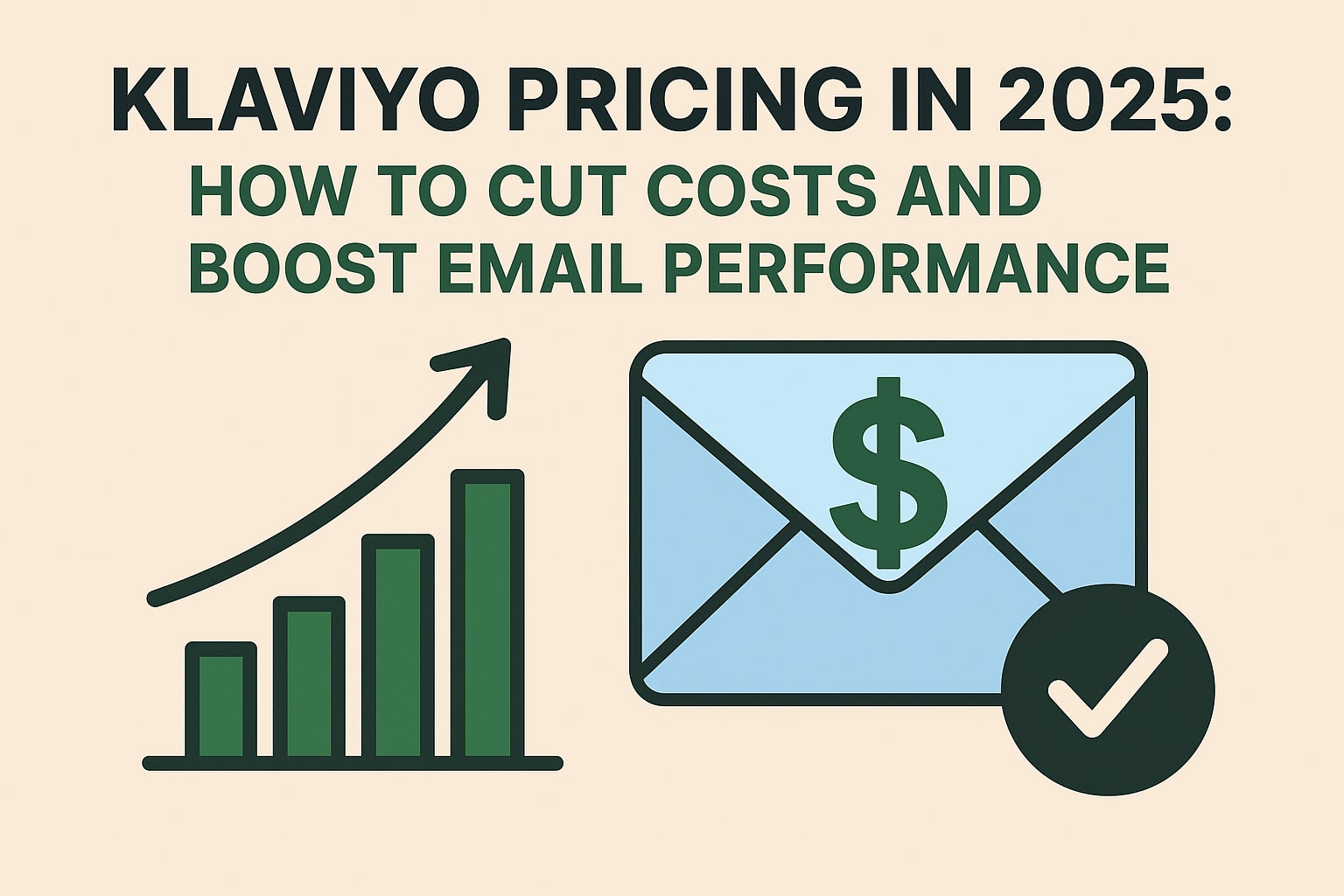
Why Custom Software Development for Startups Can Be Your Best Move
For startups, every choice matters, especially with software. The right tech, partners, and product development approach can determine growth. One important decision is whether to use ready-made programs or to invest in custom software development for startups.
In our previous articles, we explored various sides of Shopify – from Shopify Social Media Integration to the must-have Shopify apps every store owner needs in 2025. Now, we will focus on startups. This article will cover why custom solutions are often better for a business, what steps are involved, the most common mistakes to avoid, and how to help your startup do well.
What Custom Software Development for Startups Really Means
Custom software development means building digital tools for your specific business. This includes apps, web platforms, and internal tools made to fit your business model, customer needs, workflows, and plans. Unlike ready-made software, a custom solution is created specifically for you, from initial planning and design to development, testing, and launch.
Startups often like custom software for its flexibility and ability to align with their vision, which can cut unnecessary costs. However, there are also challenges, like initial investment, complexity, and long-term duties. Thus, experienced partners like Digital Octane can make a difference.
Why Choose Custom Software Development
Here’s why custom software development is often a worthwhile investment for startups:
- Flexibility & Perfect Fit
Building software from scratch means getting exactly what your business needs, without compromises. Your software can adapt to your specific requirements, instead of forcing you to adjust to it.
- Faster Iteration and Scaling
With custom software development for startups, you control the roadmap. You decide when features are built, how they interact, and what structure is used. This lets you adapt quickly, remove features, or improve things without needing permission from a vendor or incurring extra costs.
- Lower Costs in the Long Run
Ready-made software usually comes with subscription payments, unexpected fees, or costs for unused features. Custom software might seem costly at first. Still, many startups eventually find the savings from unused licenses, workarounds, or process changes eventually balance it out.
- Competitive Advantage
Unique features, user experiences, or internal efficiencies can help you to stand out. Customizing systems to greatly improve processes or customer experiences can provide a growing lead over competitors.
- Improved Customer Retention & Satisfaction
When your software is built around real user needs improved through feedback, you provide a better experience. That keeps users happy, reduces churn, and boosts your reputation.
- More Control Over Security, Data & Compliance
Startups often handle sensitive data, or work in regulated industries. With custom software development for startups, you can make sure that security, privacy, infrastructure, and regulatory compliance are built in from the start.
The Development Process
A typical process involves these stages:
Stage 1: Pre-development
- Validate Business Problems
Before coding, understand what problem you are solving. Who is affected? What is the cost of not solving it? Is it a people, process, or technology issue? Work to define clear problem statements and confirm them with users or internal teams.
- Define and Rank Requirements
What results do users expect? Then, prioritize: which features are essential, and which are optional? This prevents scope creep from derailing progress.
- Research Ready-Made vs. Custom
Sometimes, a ready-made tool might meet many of your needs. Always explore these options to make sure that the cost, time, and risks of custom development are justified.
- Choose a Development Approach & Team
Do you hire freelancers, build an in-house team, or work with an agency? Each has trade-offs. At Digital Octane we often step in as the partner for startups, bringing a team with design, engineering, and product management already aligned, which helps avoid common pitfalls around coordination and communication.
Stage 2: Development
- Design & Prototyping
Wireframes → mockups → interactive prototype. You test with real users or internal stakeholders. This stage is crucial: the more feedback you get here, the fewer surprises later.
- Agile Development & Frequent Reviews
Build in sprints, release small pieces of functionality for testing, get feedback, and adjust. This helps you catch problems early, change priorities, and improve the product.
- Testing Along the Way
Test functionality, usability, and performance. Bugs are unavoidable, but catching them early is much cheaper. Both your internal team and actual users should try the product as much as possible.
Stage 3: Post-Development
- Deployment & Launch
Put the software into use, manage the server infrastructure, app stores (if needed), and other elements to make your software accessible to users. A soft launch or beta period can help find unexpected issues.
- Maintenance, Monitoring, Updates
Software isn’t “done” at launch. It needs ongoing support: monitoring usage, error handling, performance, security, plus rolling out updates and improvements. Plan to spend about 5-10% of the initial development costs each year for maintenance. (We at Digital Octane factor these in for our startup clients.)
Common Mistakes and How to Avoid Them
Startups often face similar problems when building custom software:
- Skipping problem validation: Building what you “think” users want rather than what they actually need, leads to wasted effort and unused features.
- Trying to do everything at once: Trying to make a perfect product right away is not a good idea. Focus on a minimal viable product (MVP), test it, learn from it, and then expand.
- Choosing the wrong team: Communication, culture, and process matter. At Digital Octane, we partner deeply so that we act more like part of your own founding team.
- Ignoring maintenance: Failing to maintain a product can lead to tech issues, security gaps, and frustrated users.
- Failing to iterate: After launch, watch how people use the software, gather feedback, measure its performance, and make improvements. Custom software development for startups should not be “build once, forget forever.” It’s an ongoing process.
When Ready-Made Solutions Are Better
There are situations where ready-made tools are more appropriate, particularly early on:
- You need to launch very quickly and have a limited budget.
- The functionality you need is common and already done well by existing tools.
- You want to test a business model before fully investing in a custom product.
In these cases, a combined approach – using ready-made tools for core needs and custom modules for unique features- can be effective.
Best Practices for Custom Software
To succeed with custom software and avoid problems:
- Start Small (MVP): Build only what you need to start. Make it solid. Collect feedback, observe real usage, then iterate.
- Prioritize User Experience (UX): Design and test early, and focus on the user interface.
- Keep Communication Open: Consistent communication and clear responsibilities are essential.
- Ensure Quality & Testing from Day One: Don’t postpone testing. Security, performance, usability – these need to be baked in, not added later.
- Plan for Maintenance & Growth: When you choose technologies, architecture, and infrastructure, think ahead. Will it scale? Will adding new features be possible without major rewrites?
- Measure, Learn, Adapt: Use analytics, user feedback, and A/B testing to guide your development.
Final Thoughts
Custom software development for startups can offer ownership, flexibility, and the power to shape your product to meet the specific needs of your business and users.
We at Digital Octane have observed how a custom product can speed up income, add to output, gain trust, and prepare a start-up for lasting achievement. We’ve also seen how problems can arise from rushing a launch or not focusing enough on design or testing. Being clear about your problems, priorities, partner, and process greatly increases your chances to succeed.
If you’re a founder or decision-maker trying to decide whether to go custom, contact us. We would be happy to assist you in assessing what your start-up needs, what your roadmap should be, and how to build a digital product that lasts.
You may also like

Practical Strategies for ADA Website Compliance Every Business Should Know
If you think ADA website compliance is just about being inclusive – think again. In recent years, thousands of U.S. businesses have been hit with lawsuits because their websites weren’t accessible to people with disabilities. The problem is that some lawsuits aren’t about real accessibility issues, but instead involve law firms seeking settlements. That’s why…

Klaviyo Pricing in 2025: How to Cut Costs and Boost Email Performance
Email marketing remains one of the most powerful ways for e-commerce brands to drive sales, build customer relationships, and foster long-term loyalty. But with the 2025 Klaviyo pricing changes, many Shopify store owners are feeling the pinch – costs have risen, and old strategies aren’t as effective anymore. In our previous article, we’ve already covered…

How to Market Your Shopify Store: Strategies for Growth
Launching a Shopify store is exciting. The vision of becoming an e-commerce entrepreneur – traveling the world and running a profitable online business – feels inspiring. Yet, for many store owners, reality looks different: ads fail to convert, sales remain flat, and competitors seem to thrive while growth feels out of reach. The truth is,…

